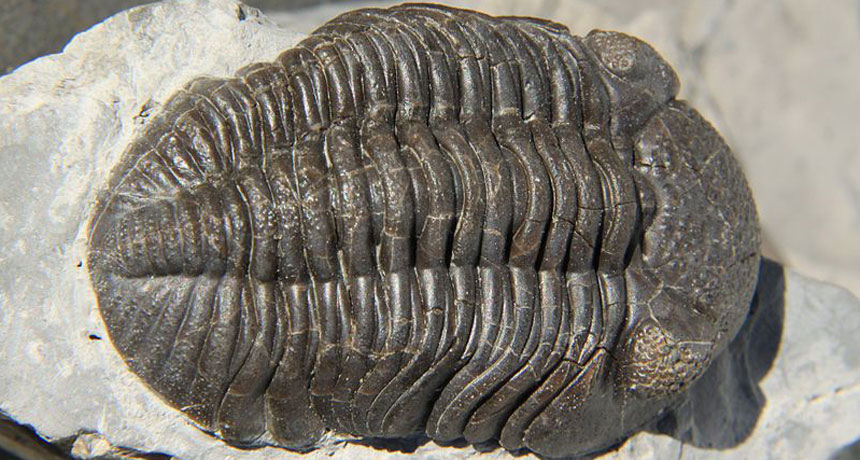Questions for ‘Clues to the Great Dying’

Fossils of arthropods, such as this trilobite, are common in rocks from the Permian but missing from later, Triassic rocks.
Dwergenpaartje/Wikimedia Commons (CC-BY-SA 3.0)

Fossils of arthropods, such as this trilobite, are common in rocks from the Permian but missing from later, Triassic rocks.
Dwergenpaartje/Wikimedia Commons (CC-BY-SA 3.0)